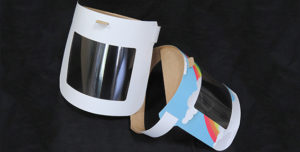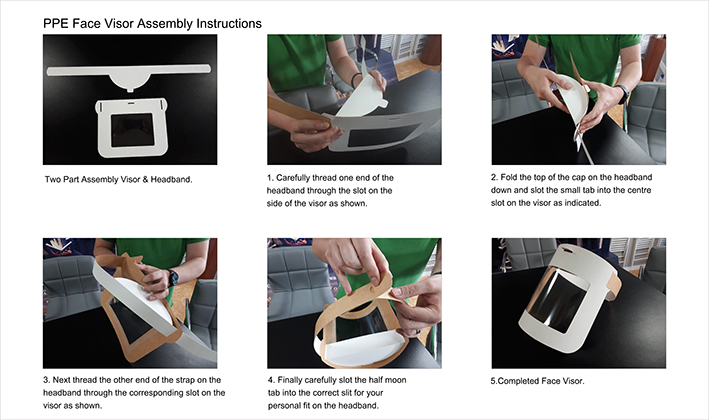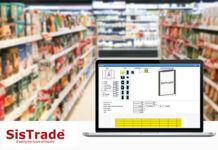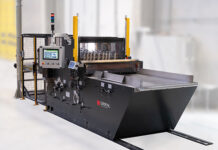Oppboga Bruk, a leading supplier of multiply paperboard for signs, displays as well as packaging, announced that they had started supplying their FSC-certified product Oppboga Resilient™ for use in the manufacture of face shields to provide additional protection to front line staff in hospitals and care homes in the UK.
 “We are proud to be able to play our part in the effort to protect front line staff in hospitals and care homes“, says Andrew Robinson, Managing Director of Oppboga Bruk. “We are also delighted that by supplying paperboard we can contribute to the reduction in the amount of plastic used in the production of traditional face shields by 70%”, points out Mr. Robinson.
“We are proud to be able to play our part in the effort to protect front line staff in hospitals and care homes“, says Andrew Robinson, Managing Director of Oppboga Bruk. “We are also delighted that by supplying paperboard we can contribute to the reduction in the amount of plastic used in the production of traditional face shields by 70%”, points out Mr. Robinson.
Typically, face shields are made completely from plastic. However, due to the high tear strength and water resistance of Oppboga Resilient™ the plastic headband can be substituted and the transparent window made using a thinner plastic than that usually employed.
The headband is fully adjustable enabling it to fit the head circumference of the wearer. There is also the option for the visor to be printed should users wish to convey a message to the public.
 The face shields are produced by the Swanline Group, the UK’s principal merchant of fibre-based materials, print and conversion services to the packaging and POS sectors. “Our partner Swanline also stocks higher calipers of Oppboga Resilient™, perfectly suited for making carbon-neutral bins for disposal of the face shields after use. These bins can be stored outdoors away from people, ready for collection and incineration”, explains Mr. Robinson.
The face shields are produced by the Swanline Group, the UK’s principal merchant of fibre-based materials, print and conversion services to the packaging and POS sectors. “Our partner Swanline also stocks higher calipers of Oppboga Resilient™, perfectly suited for making carbon-neutral bins for disposal of the face shields after use. These bins can be stored outdoors away from people, ready for collection and incineration”, explains Mr. Robinson.
Naturally, the face shields can also be employed by any other business needing to protect their staff, such as manufacturing or retail.
It should be noted that obtaining accreditation to BS EN 166: 2002 or any other related standard for this product has not been practical in such an urgent time of need. However, these face shields have been developed in consultation with professionals from the NHS who identified key requirements at the design stage.























